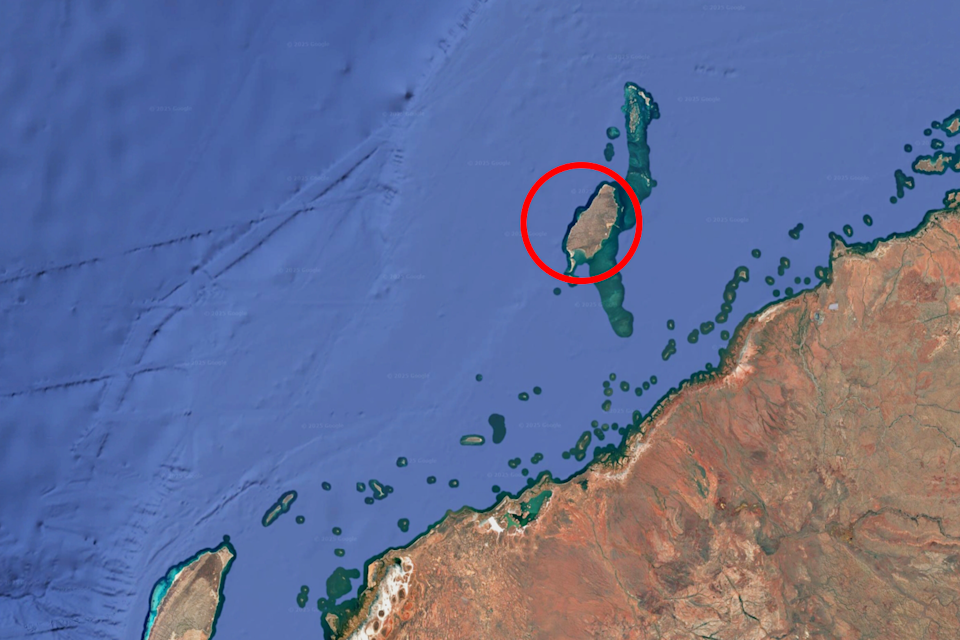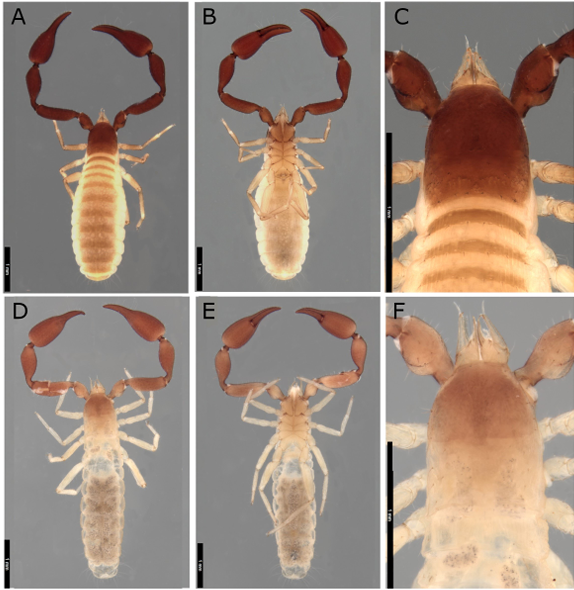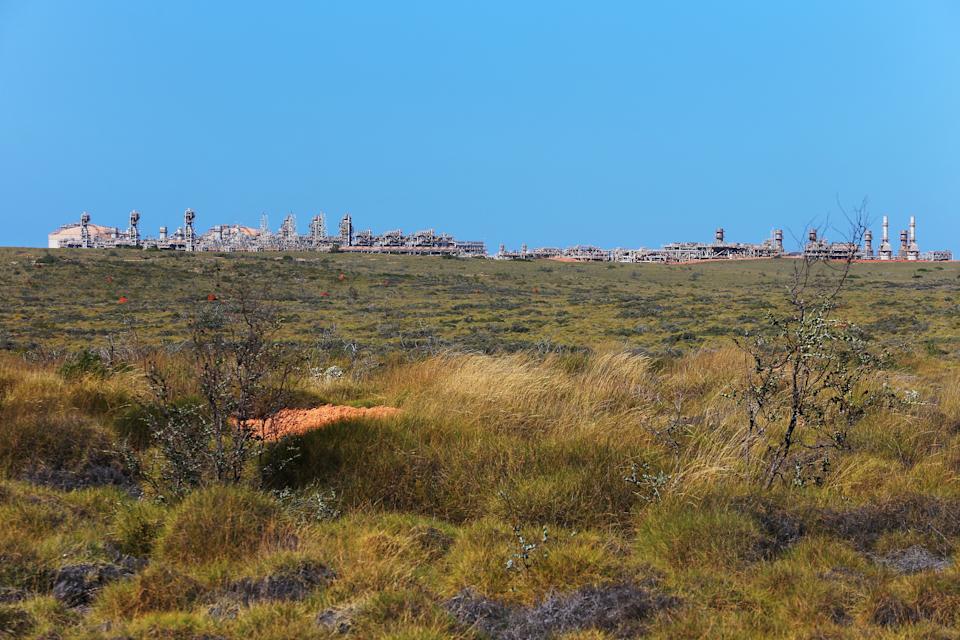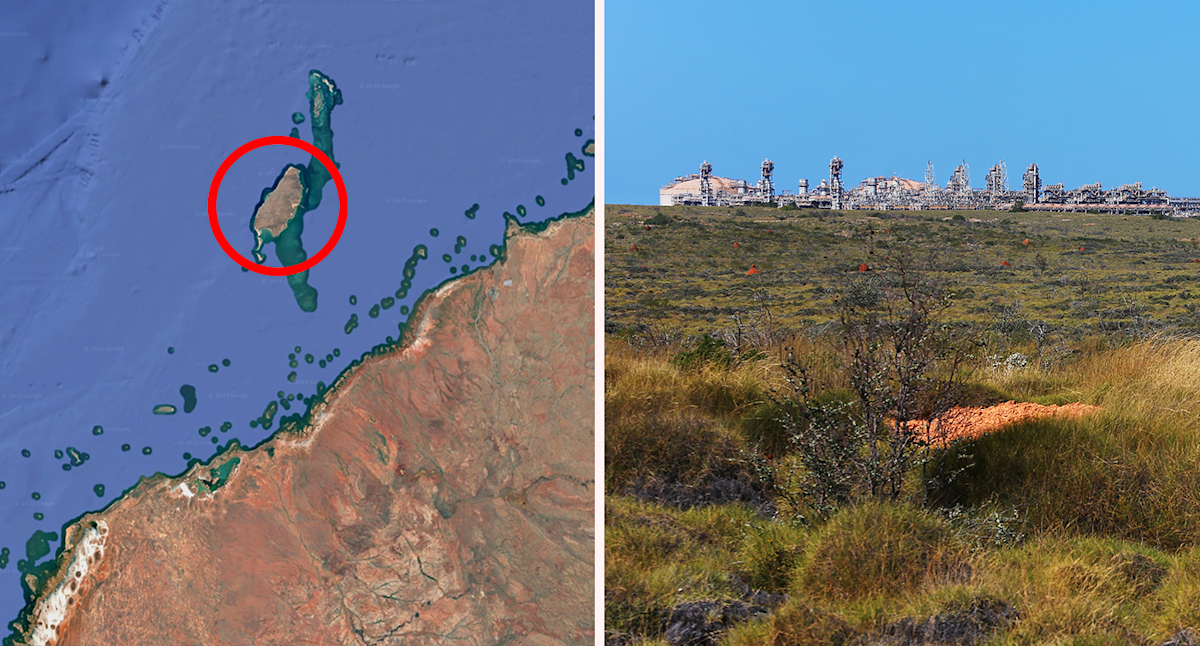Deep in a cave on an island off Australia’s remote Pilbara, a venomous arachnid has quietly evolved over millions of years to attack and kill prey in the dark. The creatures are a type of pseudoscorpion that was previously unknown to science and have only been found in one place on Barrow Island.
Samples of the tiny animals were first collected 35 years ago and then placed in a vault at the Western Australian Museum, but they were not officially described until this month. Like all pseudoscorpions, they superficially resemble scorpions, but they lack an elongated tail with a stinger, and instead attack using venom glands in their long, pincer-like fingers.
Dr Mark Harvey co-authored a description of this new species, Anatemnus capillatus, in the Australian Journal of Taxonomy. No one has ever seen it alive in its natural environment, but clues to its behaviour can be found by studying similar species.
“All pseudoscorpions are predators… They walk around sensing their environment with specialised hairs, and as soon as they find prey, they’ll grip it and inject venom into it so it quickly dies. Then they’ll suck all the fluids out of it, which is the standard way arachnids feed,” Harvey told Yahoo News Australia.

A new species of pseudoscorpion was found on Barrow Island, off Western Australia’s Pilbara coastline. Source: Google Earth
Incredible facts about Barrow Island
-
There is no public access to Barrow Island as it is listed as a Class A Nature Reserve.
-
It is home to 24 species and subspecies found nowhere else on Earth.
-
Barrow Island is home to Boodie Cave, which is one of Australia’s oldest archaeological sites and contains evidence of humans from 46,200 to 51,100 years ago.
-
US energy giant Chevron was permitted to build its $54 billion Greater Gorgon gas extraction project on the island.
How pseudoscorpions evolved inside caves
The newly discovered Anatemnus capillatus are just two to three millimetres long, making them an average-sized pseudoscorpion. It was one of two new species described by the team at the Western Australian Museum. The other, Anatemnus eminus, was collected from multiple underground locations back on the mainland of the Pilbara in 2015 and 2018.

Anatemnus capillatus adapted to cave life by becoming paler and growing longer limbs. Source: Australian Journal of Taxonomy
The Pilbara was once covered in temperate forests, but just over two million years ago, they began to dry out into the deserts we see today. Animals that inhabited these landscapes either died off or changed.
As the region became arid, the pseudoscorpions moved underground, and they evolved to look markedly different from their forest-dwelling cousins. Both newly described species are pale in colour and have long appendages to help them navigate their moist, dark environment.
“There’s absolutely no light down there whatsoever, so they’re just feeling around, sensing prey, and trying not to be eaten themselves,” Harvey said.

Public access to Barrow Island is restricted. It is home to dozens of rare species and a large gas project run by Chevron. Source: Getty
Noting the pseudoscorpions were collected “half a lifetime ago”, Harvey concedes it can be a “slow task” to describe a new species. He estimates there are 4,000 species of subterranean invertebrates living across the Pilbara, but only around a quarter have been described.
“Places like the Western Australian Museum have thousands of undescribed species of invertebrates sitting on shelves, and it’s just a matter of prioritising which ones we work on,” he said.
Harvey is a Western Australian Museum associate and is its former Head of Terrestrial Zoology.
Love Australia’s weird and wonderful environment? 🐊🦘😳 Get our new newsletter showcasing the week’s best stories.

